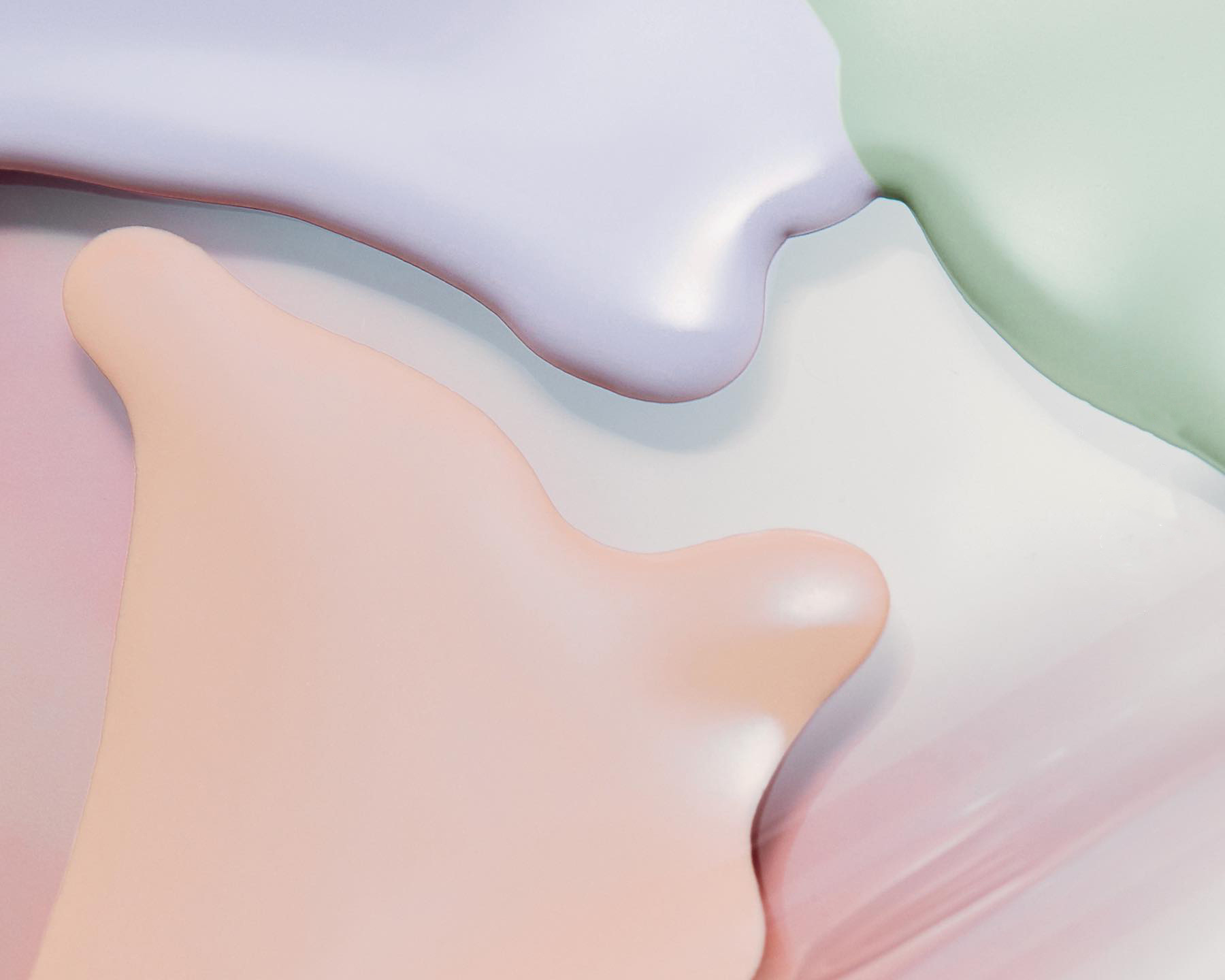29
2025
-
07
Why Artificial Leather is the Sustainable Choice for Eco-Conscious Consumers
Why Artificial Leather is the Sustainable Choice for Eco-Conscious Consumers Table of Contents Introduction: The Rise of Conscious Consumerism Understanding Artificial Leather: Types and Uses The Environmental Impact of Traditional Leather vs. Artificial Leather Resource Efficiency: How Artificial Leather Conserves Natural Resources Ethical Considerations: Animal Welfare and L
Why Artificial Leather is the Sustainable Choice for Eco-Conscious Consumers
Table of Contents
- Introduction: The Rise of Conscious Consumerism
- Understanding Artificial Leather: Types and Uses
- The Environmental Impact of Traditional Leather vs. Artificial Leather
- Resource Efficiency: How Artificial Leather Conserves Natural Resources
- Ethical Considerations: Animal Welfare and Labor Practices
- Durability and Maintenance: The Longevity of Artificial Leather Products
- Fashion and Design: The Stylish Appeal of Artificial Leather
- Consumer Trends: The Shift Towards Sustainable Choices
- Conclusion: Embracing Artificial Leather for a Sustainable Future
- FAQs: Common Questions About Artificial Leather
Introduction: The Rise of Conscious Consumerism
In today's world, **eco-conscious consumerism** is gaining traction as people become increasingly aware of their choices' environmental and ethical implications. From food to fashion, consumers are actively seeking out products that align with their values. One such product that has gained popularity in recent years is **artificial leather**. This innovative alternative to traditional leather offers a sustainable solution for those looking to reduce their ecological footprint while maintaining style and functionality.
In this article, we will explore how artificial leather is an eco-friendly option for consumers who prioritize sustainability and ethical practices in their purchasing decisions.
Understanding Artificial Leather: Types and Uses
Artificial leather, also known as synthetic leather or faux leather, is a man-made material designed to mimic the appearance and texture of natural leather. There are several types of artificial leather, each with its unique properties and uses:
Polyurethane (PU) Leather
Polyurethane leather, often referred to as PU leather, is made by applying a layer of polyurethane to a substrate, usually fabric. This type of artificial leather is lightweight, breathable, and available in various colors and finishes. PU leather is commonly used in fashion items such as jackets, handbags, and shoes.
Polyvinyl Chloride (PVC) Leather
PVC leather is another popular type of synthetic leather made from polyvinyl chloride. It is known for its durability and water resistance, making it suitable for a variety of applications, including furniture upholstery, automotive interiors, and outdoor gear.
Microfiber Leather
Microfiber leather is a high-quality synthetic leather made from ultra-fine polyester fibers. It is soft, durable, and has excellent breathability. This type of artificial leather is often used in luxury fashion items and high-end upholstery.
The Environmental Impact of Traditional Leather vs. Artificial Leather
The production of traditional leather has significant environmental consequences. Raising livestock for leather tanning involves considerable land usage, water consumption, and greenhouse gas emissions. Moreover, the tanning process itself often relies on toxic chemicals that can pollute water sources and harm ecosystems.
In contrast, artificial leather offers a more sustainable choice. Although the production of synthetic leather does require resources, advancements in technology have led to more eco-friendly manufacturing processes. Many manufacturers are now using recycled materials in their artificial leather, reducing waste and conserving natural resources.
Additionally, some brands are committed to using bio-based materials for their artificial leather products, further minimizing their environmental impact. For eco-conscious consumers, choosing artificial leather over traditional leather can significantly reduce their carbon footprint.
Resource Efficiency: How Artificial Leather Conserves Natural Resources
Artificial leather production is generally more resource-efficient than traditional leather tanning. Key factors contributing to this efficiency include:
Water Usage
The water usage in the production of synthetic leather is significantly lower than that of traditional leather. Livestock farming requires vast amounts of water for animal husbandry, whereas synthetic leather can be produced with minimal water input.
Land Utilization
Traditional leather production necessitates large areas of land for raising livestock. In contrast, artificial leather can be produced without relying on extensive agricultural land, allowing ecosystems to thrive and reducing habitat destruction.
Energy Consumption
The energy consumption associated with artificial leather production has decreased significantly due to technological advancements. Many manufacturers are now investing in renewable energy sources, further enhancing the sustainability of synthetic leather production.
Ethical Considerations: Animal Welfare and Labor Practices
As consumers become more aware of the ethical implications of their purchases, many are reevaluating their choices with regard to animal welfare. Traditional leather production raises concerns regarding the treatment of animals, as well as labor practices in the tanning industry.
Artificial leather provides an ethical alternative, as it does not involve the use of animal products. By choosing synthetic leather, consumers can align their purchasing decisions with their values and support cruelty-free practices.
Moreover, many manufacturers of artificial leather are committed to upholding ethical labor practices, ensuring fair wages and safe working conditions for their employees. This transparency promotes consumer trust and encourages further investments in sustainable and ethical production methods.
Durability and Maintenance: The Longevity of Artificial Leather Products
One common misconception about artificial leather is that it lacks durability compared to traditional leather. However, synthetic leather can be surprisingly resilient. Depending on the type of artificial leather, products can last for years with proper care.
Benefits of Durability
1. **Resistant to Stains**: Artificial leather is often more resistant to stains and spills than its natural counterpart, making it an excellent choice for fashion items and upholstery that experience daily wear and tear.
2. **Easy to Clean**: Maintenance is a breeze with synthetic leather. Most products can be wiped clean with a damp cloth, eliminating the need for special cleaning solutions or treatments.
3. **Weather Resistance**: Many types of artificial leather are designed to withstand moisture and other environmental factors, enhancing their longevity and making them suitable for outdoor use.
Fashion and Design: The Stylish Appeal of Artificial Leather
Artificial leather has evolved significantly in recent years, offering a stylish alternative to traditional leather without sacrificing aesthetics. Fashion designers are increasingly embracing synthetic leather for its versatility and ability to mimic the look and feel of natural leather.
Innovative Designs
From edgy jackets to elegant handbags, artificial leather allows designers to experiment with various textures, colors, and patterns. This creativity results in unique pieces that cater to diverse tastes and preferences.
Affordability
Artificial leather is often more affordable than traditional leather, making it an accessible option for eco-conscious consumers who want to stay trendy without breaking the bank.
Consumer Trends: The Shift Towards Sustainable Choices
As sustainability becomes a priority for consumers, the demand for artificial leather is steadily increasing. Many brands are recognizing this trend and are incorporating synthetic leather into their collections, appealing to environmentally aware shoppers.
Brand Initiatives
Numerous fashion brands are committing to sustainability by offering collections made from artificial leather. By supporting these initiatives, consumers can help promote a more sustainable industry while still enjoying stylish products.
Community Awareness
Social media plays a significant role in raising awareness about sustainability and ethical consumerism. The growing online community of eco-conscious consumers fosters discussions around the benefits of artificial leather, encouraging more individuals to make informed choices.
Conclusion: Embracing Artificial Leather for a Sustainable Future
Artificial leather presents an excellent opportunity for eco-conscious consumers to make sustainable choices without compromising style or ethics. By understanding the environmental benefits, resource efficiency, and ethical considerations associated with synthetic leather, we can contribute to a more sustainable future while enjoying fashionable and high-quality products. As we embrace artificial leather, we empower ourselves and future generations to make responsible choices that benefit both the planet and its inhabitants.
FAQs: Common Questions About Artificial Leather
1. Is artificial leather more sustainable than traditional leather?
Yes, artificial leather is generally considered more sustainable due to lower resource consumption, reduced environmental impact, and ethical considerations regarding animal welfare.
2. How do I care for artificial leather products?
Caring for artificial leather is simple. Most products can be wiped clean with a damp cloth, and occasional conditioning with appropriate products can maintain their appearance.
3. Does artificial leather last as long as traditional leather?
With proper care, high-quality artificial leather can last just as long as traditional leather, if not longer, due to its resistance to stains and moisture.
4. Are there any health risks associated with artificial leather?
Most modern artificial leather products are made with non-toxic materials and are safe for use. However, it’s essential to purchase products from reputable manufacturers.
5. What types of clothing and accessories can be made from artificial leather?
Artificial leather can be used in various products, including jackets, handbags, shoes, furniture upholstery, and more, allowing for stylish and eco-friendly choices across multiple categories.
Related news
undefined






